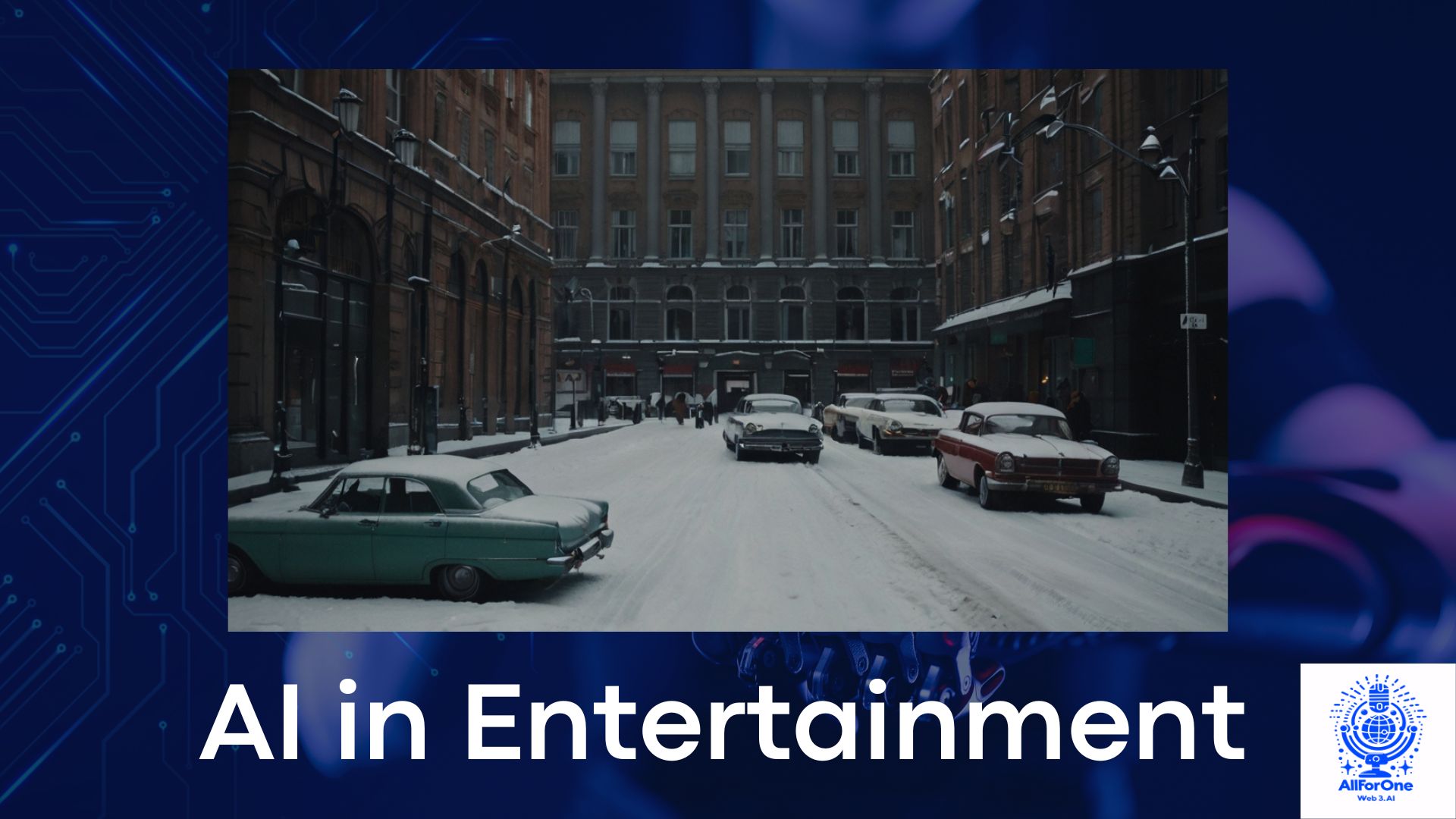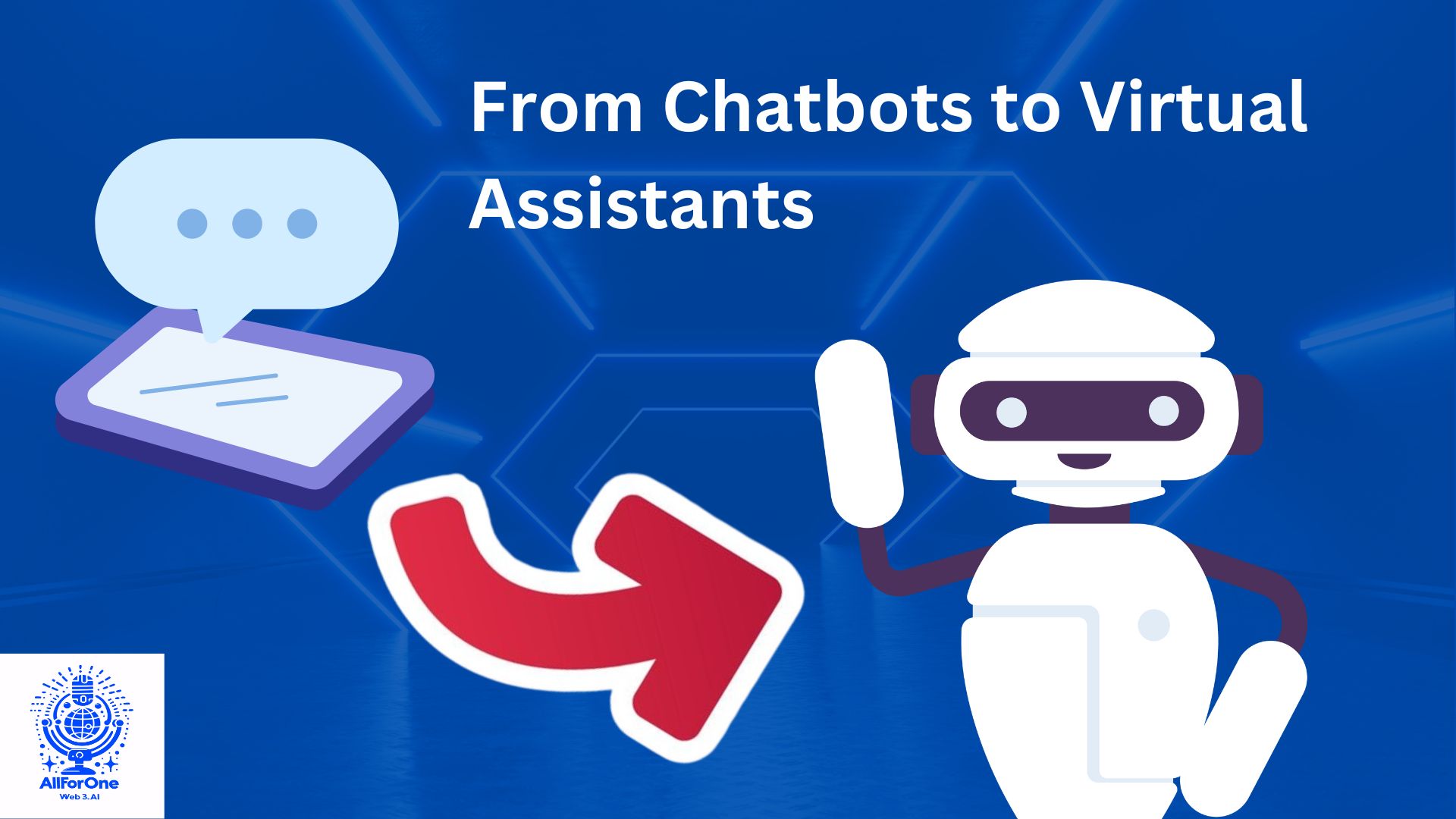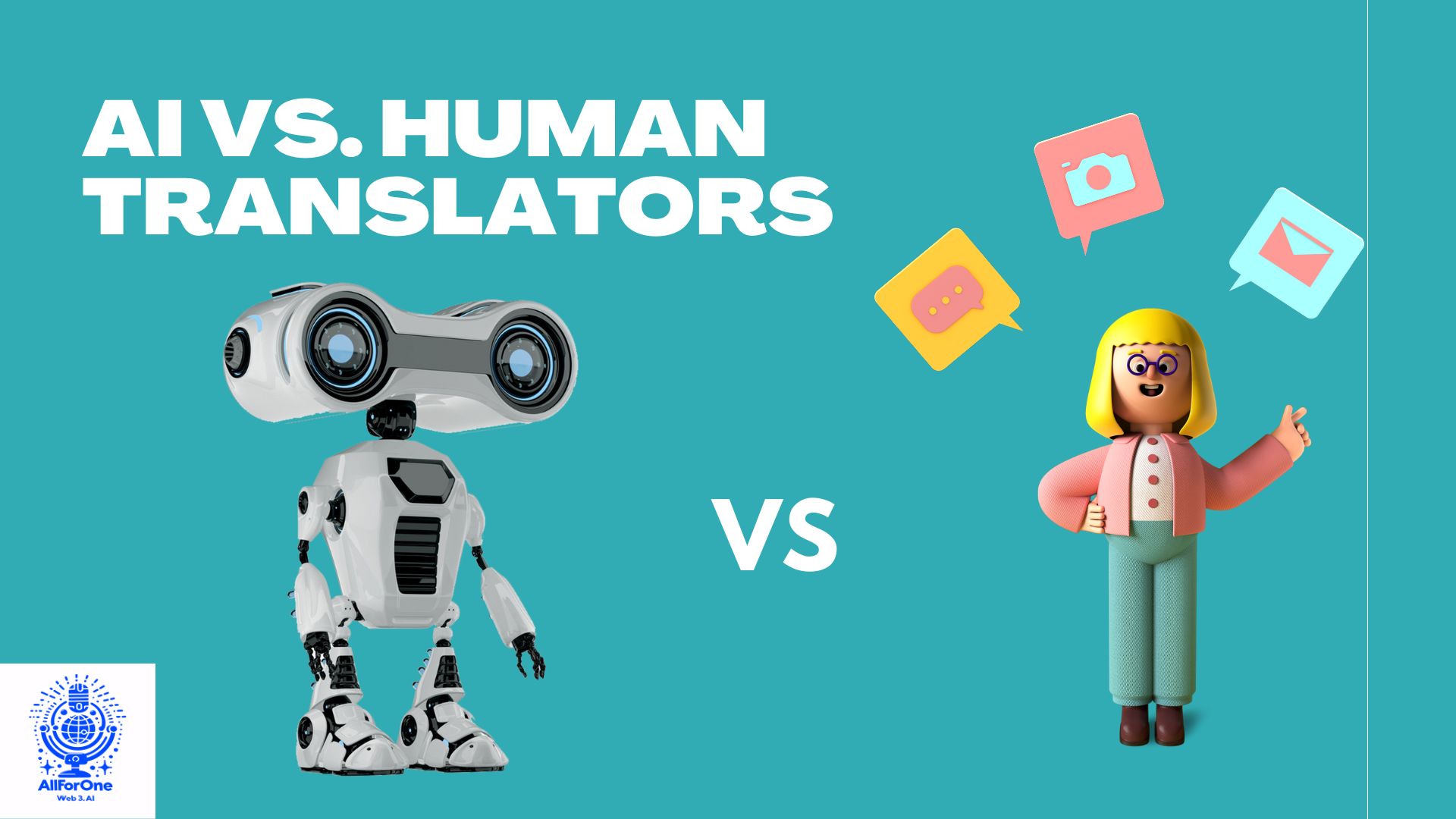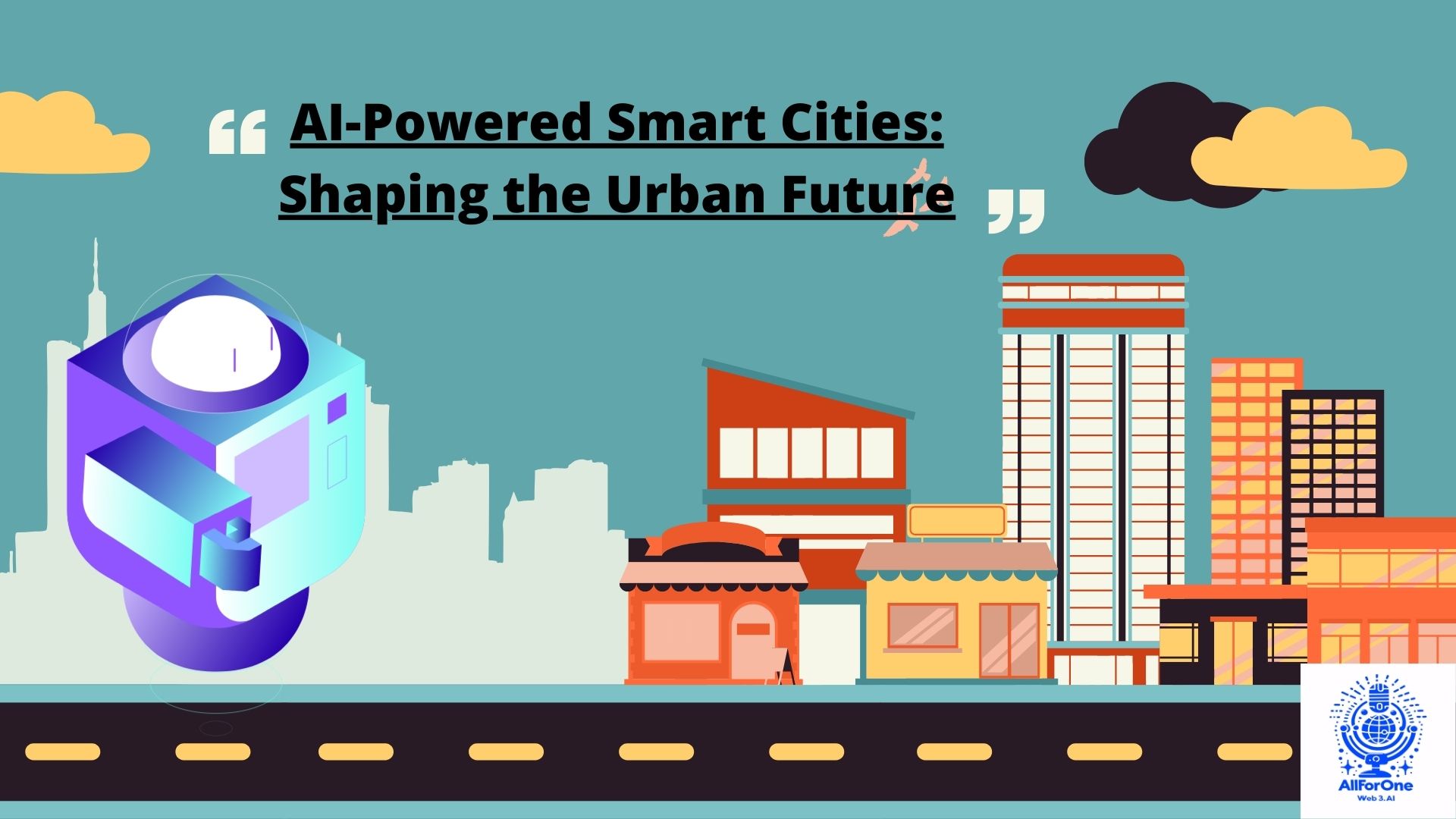Artificial Intelligence (AI) has permeated almost every aspect of modern life, and the entertainment industry is no exception. From film and television to music, gaming, and even literature, AI is transforming how content is created, distributed, and consumed. What once seemed like science fiction is now a reality, as AI takes on roles traditionally filled by humans—sometimes with astonishing results. This article explores the various ways AI is redefining creativity and content creation in the entertainment industry, offering new possibilities and raising important questions about the future of artistic expression.
The Evolution of AI in Entertainment
AI’s journey into the entertainment industry began with simple tasks like automating processes and analyzing data. Over time, advancements in machine learning and deep learning have allowed AI to take on more complex roles. Today, AI is capable of generating music, writing scripts, editing videos, and even creating virtual actors. As these technologies continue to evolve, the line between human and machine creativity is becoming increasingly blurred.
Early Applications of AI in Entertainment
The earliest applications of AI in entertainment were largely focused on improving efficiency and enhancing user experiences. For example, recommendation algorithms, such as those used by Netflix and Spotify, analyze user data to suggest movies, TV shows, and songs that align with individual preferences. These algorithms, while rudimentary compared to today’s AI, laid the groundwork for more advanced applications.
The Rise of Creative AI
As AI technology has advanced, so too has its ability to engage in creative tasks. Machine learning algorithms can now analyze vast amounts of data, identify patterns, and generate original content. This has opened up new possibilities for artists, musicians, filmmakers, and writers, who can now collaborate with AI to push the boundaries of creativity.
AI in Film and Television
Scriptwriting and Storytelling
One of the most intriguing applications of AI in film and television is in scriptwriting. AI algorithms can analyze thousands of scripts, identify successful patterns, and generate original stories. While these AI-generated scripts may not yet rival those written by humans, they offer a new tool for writers to experiment with ideas and overcome writer’s block.
- Case Study: “Sunspring”: “Sunspring” is a short film written entirely by an AI named Benjamin. The AI was trained on a database of science fiction scripts and then tasked with writing its own. The resulting script is surreal and disjointed, yet it offers a glimpse into the potential of AI as a creative collaborator.
Editing and Post-Production
AI is also revolutionizing the editing and post-production process in film and television. AI-powered tools can automatically edit video footage, identify the best shots, and even create trailers. This not only saves time but also allows filmmakers to focus on more creative aspects of production.
- Case Study: IBM Watson and “Morgan”: In 2016, IBM’s AI system, Watson, was used to create a trailer for the horror movie “Morgan.” Watson analyzed hundreds of horror movie trailers, identified key elements that make them effective, and then selected scenes from “Morgan” to create a trailer. The result was a chilling and suspenseful preview of the film.
Virtual Actors and Digital Humans
The development of AI-powered virtual actors and digital humans is pushing the boundaries of what is possible in film and television. These digital characters can be created with stunning realism, allowing filmmakers to bring characters to life in ways that were previously impossible.
- Case Study: Digital Resurrection of Carrie Fisher: In “Star Wars: The Rise of Skywalker,” AI and digital technology were used to recreate the late Carrie Fisher’s character, Princess Leia. By using existing footage and digital manipulation, filmmakers were able to incorporate Fisher’s character into the film, demonstrating the potential of AI to extend the creative possibilities of storytelling.
AI in Music
Music Composition and Production
AI has made significant strides in the field of music composition and production. AI algorithms can analyze existing music, identify patterns and structures, and generate original compositions in a variety of genres. This has led to the creation of AI-generated music that is often indistinguishable from human-composed music.
- Case Study: AIVA (Artificial Intelligence Virtual Artist): AIVA is an AI-powered music composer that has been trained on a vast database of classical music. AIVA can compose original pieces in the style of famous composers like Beethoven and Mozart. The AI’s compositions have been used in video games, commercials, and even live performances, showcasing the potential of AI in music creation.
Collaborations Between Humans and AI
One of the most exciting developments in AI music is the collaboration between human musicians and AI. Musicians can use AI as a creative tool, generating new ideas, experimenting with different styles, and even co-writing songs with AI algorithms.
- Case Study: Taryn Southern and “I AM AI”: In 2017, artist Taryn Southern released an album titled “I AM AI,” which was entirely composed and produced with the help of AI. Southern used AI tools like Amper Music and Google Magenta to create the music, blending her own creative vision with the capabilities of AI. The album represents a new era of collaboration between humans and machines in music.
AI-Driven Personalization in Music Streaming
AI is also transforming the way people discover and consume music. Music streaming platforms like Spotify use AI-driven algorithms to analyze user preferences and create personalized playlists. These algorithms take into account listening history, user demographics, and even mood to curate playlists that cater to individual tastes.
- Case Study: Spotify’s Discover Weekly: Spotify’s Discover Weekly playlist is a prime example of AI-driven personalization. Every week, the playlist is updated with songs that the algorithm believes the user will enjoy, based on their listening habits. This has not only enhanced the user experience but also introduced listeners to new artists and genres.
AI in Gaming
Procedural Content Generation
AI has had a profound impact on the gaming industry, particularly in the area of procedural content generation (PCG). PCG uses AI algorithms to automatically generate game content, such as levels, maps, characters, and storylines. This allows for the creation of vast and dynamic game worlds that can adapt to the player’s actions.
- Case Study: “No Man’s Sky”: “No Man’s Sky” is a space exploration game that uses AI-driven procedural content generation to create an entire universe of planets, each with its own unique landscapes, flora, and fauna. The game’s AI algorithms generate these worlds on the fly, ensuring that no two players will have the same experience.
AI-Powered Non-Playable Characters (NPCs)
AI is also enhancing the behavior and intelligence of non-playable characters (NPCs) in video games. AI-powered NPCs can adapt to the player’s actions, learn from their behavior, and even develop their own strategies. This creates a more immersive and challenging gaming experience.
- Case Study: “The Last of Us Part II”: In “The Last of Us Part II,” AI is used to power the behavior of NPCs, making them more intelligent and realistic. The AI algorithms allow NPCs to communicate with each other, plan attacks, and react dynamically to the player’s actions. This adds a new level of depth and realism to the game.
Virtual Reality (VR) and AI Integration
The integration of AI with virtual reality (VR) is creating new possibilities for immersive gaming experiences. AI can be used to create dynamic and responsive environments in VR, where the game world adapts to the player’s actions in real time. This enhances the sense of presence and immersion in VR games.
- Case Study: “Half-Life: Alyx”: “Half-Life: Alyx” is a VR game that uses AI to create a dynamic and interactive environment. The game’s AI algorithms power everything from enemy behavior to environmental interactions, creating a highly immersive and responsive gaming experience.
AI in Literature
AI-Generated Poetry and Prose
AI is also making inroads into the world of literature, with AI algorithms capable of generating poetry and prose. These AI-generated texts can range from simple sentences to entire novels, offering a new tool for writers and poets to experiment with language and form.
- Case Study: GPT-3 and AI-Generated Texts: GPT-3, developed by OpenAI, is one of the most advanced AI language models in existence. It can generate coherent and contextually relevant text based on a given prompt, allowing for the creation of AI-generated poetry, short stories, and even essays. Writers and creatives are using GPT-3 to explore new forms of storytelling and push the boundaries of literary expression.
AI-Powered Writing Assistants
AI-powered writing assistants are becoming increasingly popular among authors and content creators. These tools can help with everything from grammar and style suggestions to generating ideas and even co-writing content. This allows writers to focus on their creative vision while AI handles the more mechanical aspects of writing.
- Case Study: Grammarly: Grammarly is an AI-powered writing assistant that helps users improve their writing by providing suggestions on grammar, punctuation, style, and tone. It uses machine learning algorithms to analyze text and offer real-time feedback, making it a valuable tool for writers, students, and professionals alike.
Ethical Considerations and Challenges
The Role of AI in Creative Ownership
As AI becomes more involved in the creative process, questions about ownership and authorship arise. Who owns the rights to a piece of music, a film, or a novel created by AI? Is it the AI, the human who programmed it, or the person who provided the initial input? These questions are becoming increasingly relevant as AI-generated content becomes more prevalent.
AI and the Future of Human Creativity
Another ethical consideration is the impact of AI on human creativity. While AI offers new tools and possibilities for artists, there is also concern that it could lead to the devaluation of human creativity. If AI can generate music, write scripts, and create art, what does
that mean for the role of human artists in the future?
Bias and Fairness in AI-Generated Content
AI algorithms are only as good as the data they are trained on, and this can lead to issues of bias in AI-generated content. If the data used to train an AI model is biased, the content it generates may also be biased. This raises concerns about fairness and representation in AI-generated media.
Conclusion
AI is undeniably reshaping the entertainment industry, offering new tools and possibilities for creativity and content creation. From film and television to music, gaming, and literature, AI is pushing the boundaries of what is possible and challenging traditional notions of creativity. However, as AI continues to evolve, it is important to address the ethical considerations and challenges that come with it. By doing so, we can ensure that AI enhances rather than diminishes human creativity, and that it is used in a way that is fair, inclusive, and respectful of artistic expression. The future of entertainment is bright, and AI will undoubtedly play a central role in shaping it.




